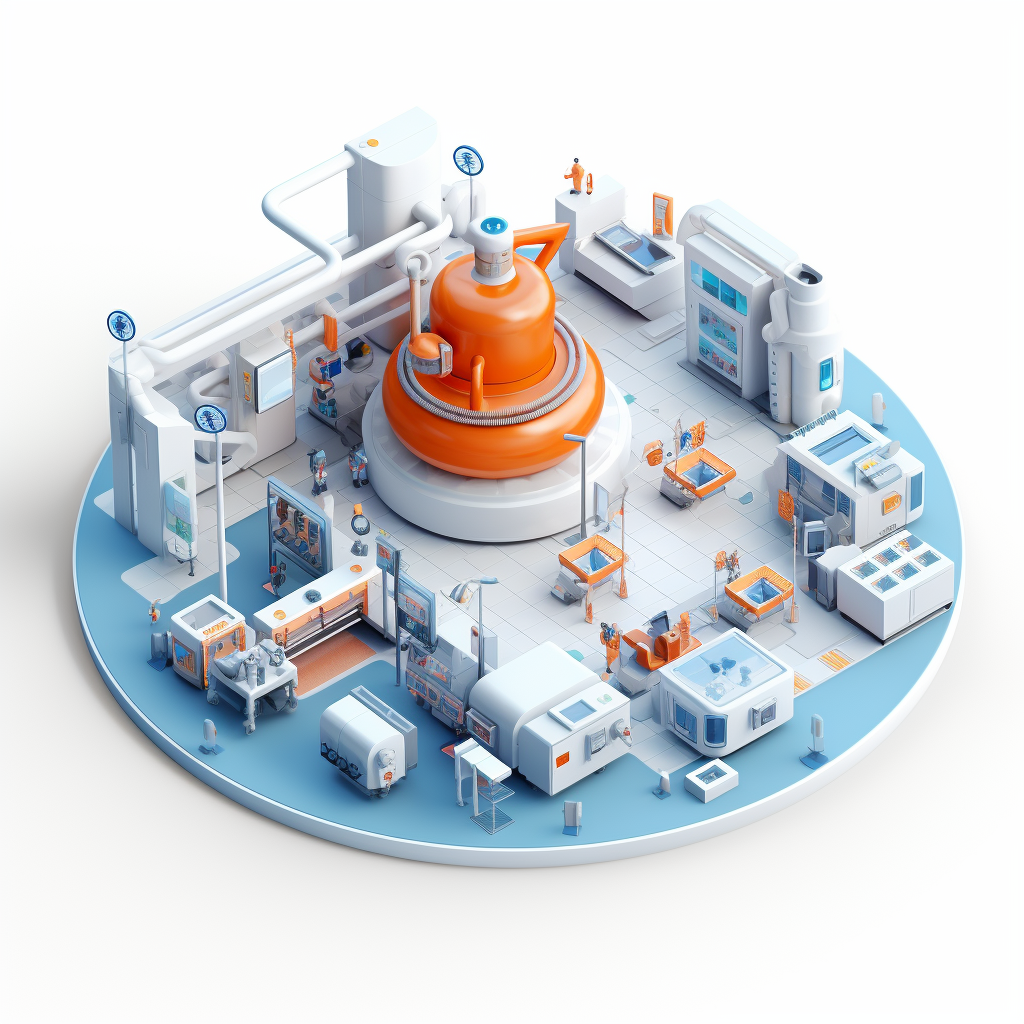CAEATFA Sales and Use Tax Exclusion (STE) Program
The California Alternative Energy and Advanced Transportation Financing Authority (CAEATFA) Sales and Use Tax Exclusion (STE) Program excludes from sales and use taxes purchases of Qualified Property:
- if its use is either to process Recycled feedstock or using Recycled feedstock in the production of another product or soil amendment, or
- that is used in an Advanced Manufacturing process, or
- that is used to manufacture Alternative Source products or Advanced Transportation Technologies.
Eligible manufacturers planning to construct a new manufacturing facility or expand or upgrade a currently existing manufacturing facility may apply to CAEATFA for an STE award, and if approved, the purchases of Qualified Property for the project are not subject to state and local sales and use tax.
$100M
sales and use tax exclusions in each calendar year
$15,000
minimum administrative fee due upon executing your agreement
Jan 19th
last day of the initial application period
Who can apply for the STE program?
The STE is available to the following four categories of manufacturers in California:
- Alternative Source product manufacturers,
- manufacturers of Advanced Transportation Technologies,
- Advanced Manufacturers, and
- manufacturers that process Recycled feedstock or utilize Recycled feedstock in the production of another product or soil amendment.
Manufacturers of components of Alternative Sources and Advanced Transportation Technologies are also eligible if the component constitutes a “Green Component”, defined as the component or system within Advanced Transportation Technologies or Alternative Source products that is responsible for or required to enable the increase in energy efficiency, Alternative Source generation, or pollution reduction.
STE Program Basics
What purchases are excluded from sales and use tax? What is “Qualified Property”?
The exclusion applies to Qualified Property purchases:
- tangible personal property if at least 50 percent of its use is either to process Recycled feedstock that is intended to be reused in the production of another product or using Recycled feedstock in the production of another product or soil amendment, or
- tangible personal property that is used in the state in an Advanced Manufacturing process, or
- for the design, manufacture, production, or assembly of Advanced Transportation Technologies, or Alternative Source products, components, or systems.
Generally, Qualified Property includes manufacturing machinery and equipment with an estimated useful lifespan of over one year, as well as information technology used to operate or control the machinery and equipment. Qualified purchases may also include tangible personal property required for infrastructure improvements to the manufacturing facility, such as foundation, reinforcement, piping, and fire safety. The property must be used to process Recycled feedstock or create another product or soil amendment utilizing Recycled feedstock, or in an Advanced Manufacturing process or for the manufacturing of the Alternative Source product or Advanced Transportation Technology for more than 50% of the time.
How does a manufacturer receive an STE award?
Eligible manufacturers may apply for an STE by submitting an application to CAEATFA. CAEATFA staff will review the application for completeness and reasonableness of assumptions provided in the application, and then make a recommendation to the CAEATFA Board. CAEATFA’s Board considers and votes on the STE applications at Board meetings.
What is the maximum award amount?
Statute limits the Program to awarding $100 million in sales and use tax exclusions in each calendar year.
What is Advanced Manufacturing
To qualify as an Advanced Manufacturer, the manufacturing process must meet all of the following requirements:
- Improve existing, or create entirely new materials, products, and processes through:
- the use of science, engineering, or information technologies,
- high-precision tools and methods,
- a high-performance workforce, and
- innovative business or organizational models.
- Use any of the following technology areas:
- Micro- and nanoelectronics, including semiconductors.
- Advanced materials.
- Integrated computational materials engineering.
- Nanotechnology.
- Additive manufacturing.
- Industrial biotechnology.
- Result in a substantive advancement, whether incremental or breakthrough, beyond the current industry standard, in the production of materials and products.
- Be a sustainable manufacturing system that minimizes the use of resources while maintaining or improving cost and performance (not including systems or technologies required to be undertaken pursuant to state or federal law or regulations).





